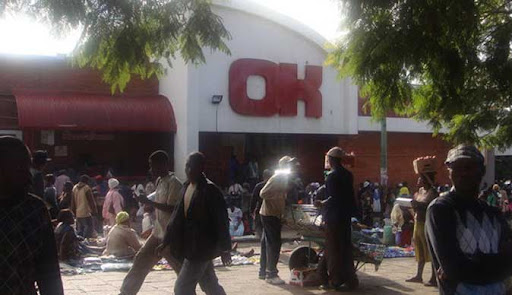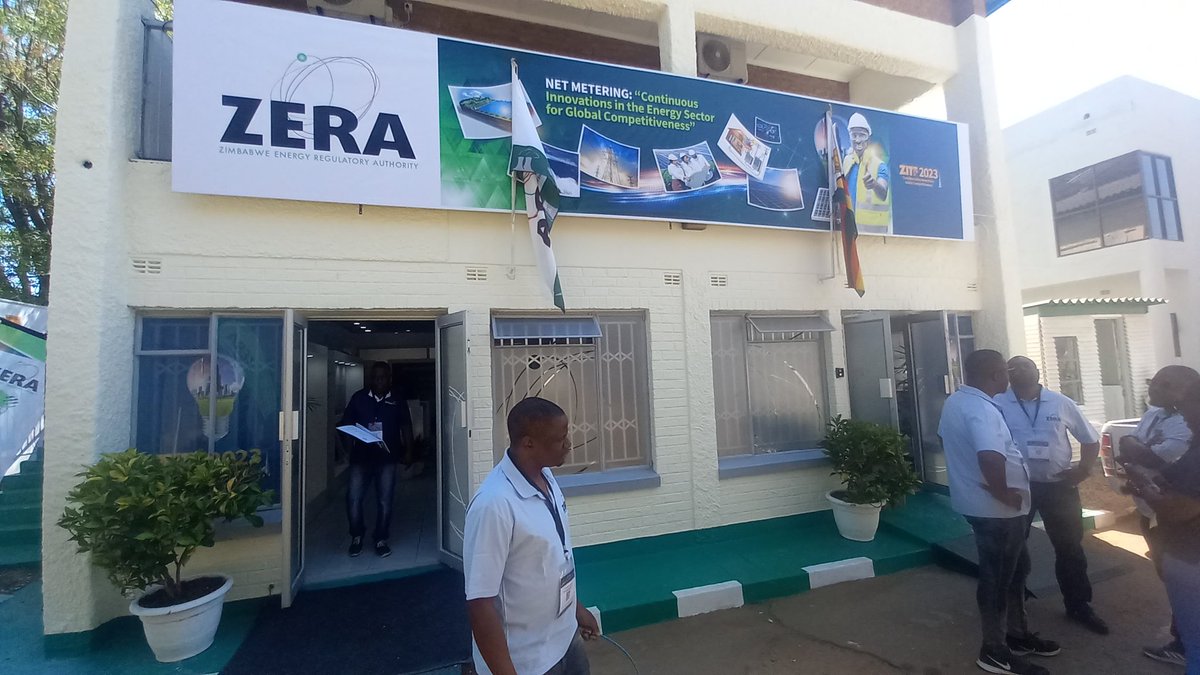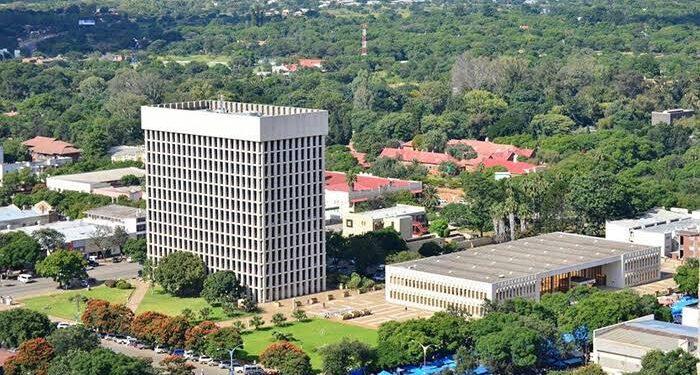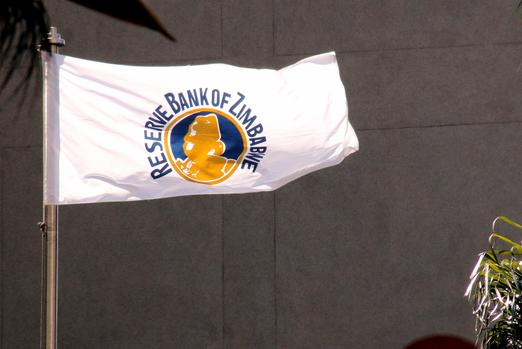ZIMBABWE'S microfinance industry appears to be gaining public confidence if latest statistics are anything to go by.
Despite being blemished by a culture of usurious interest rates and repossession of borrowers' assets prior to formal regulation by the Reserve Bank of Zimbabwe (RBZ), the industry is growing to become key in the country's financial inclusion strategy.
Confidence is growing in the sector with citizens not only borrowing more from registered Microfinance Institutions (MFIs), but even opening savings accounts with the few licensed deposit taking microfinance instructions (DTMFIs).
Latest figures obtained from the RBZ show that deposits held in the country's four registered DTMFIs grew by more than 312 percent between June 2016 and June 2017.
This is contained in a September 7 central bank document titled Recent Initiatives & Scope for Transforming the Microfinance Landscape. The central bank said the deposits closed June 2017 at $6,6 million, up from $1,6 million in June 2016.
The number of savings accounts grew to 1 993 as at March 2017, from 522 in June 2016, as uptake on the industry's savings product grew. The number of active clients also went up about 28 percent to close June 2017 at 322,728 compared to 251,553 in June last year.
The number of licensed institutions stood at 187 at the end of June, compared to 168 in June 2016 while the number of branches in the industry grew to 698 players compared to 600 in June 2016.
Total loans grew to $229,4 million, up from $183,4 million in June last year as the industry grows. Assets also grew by $50 million to $298 million in the period under review.
According to the report, the Reserve Bank embarked on various measures, including creation of a conducive environment, in order to promote a vibrant microfinance sector.
"The initiatives were aimed at enhancing credibility of the microfinance sector in the aftermath of challenges in the financial services sector which had resulted in the erosion of confidence in the sector," the RBZ said.
"While the journey appeared to be long, the microfinance sector has emerged as strong and key pillar to the financial inclusion agenda and the achievement of the SDGs," the central bank added.
A $10 million Microfinance Revolving Facility will be set up to strengthen the ZMF's capacity to provide wholesale funding to microfinance institutions for onward lending to the low income and marginalised groups.
The Zimbabwe Microfinance Fund (ZMF) will access the Microfinance Revolving Facility from the Reserve Bank at 3 percent per annum and ZMF will lend to microfinance institutions at an all-inclusive interest rate charge not exceeding 5 percent per annum.
Microfinance institutions will charge their clients an all-inclusive interest rate not exceeding 2 percent per month.
A $15 million Women Empowerment Fund has also been set up as well as a $10 million facility for business linkages and another $10 million fund for horticulture.
- online
 OK Zimbabwe posts US$17,8 million loss
OK Zimbabwe posts US$17,8 million loss  Hichilema meets Chivayo
Hichilema meets Chivayo  Millions celebrate Diwali festival in India
Millions celebrate Diwali festival in India  Econet Zimbabwe to delist from ZSE
Econet Zimbabwe to delist from ZSE  Gold edges up as traders await guidance
Gold edges up as traders await guidance  Mnangagwa fires Chitando, appoints Polite Kambamura
Mnangagwa fires Chitando, appoints Polite Kambamura  Young Investment Professional (YIP) Graduate Programme 2019
Young Investment Professional (YIP) Graduate Programme 2019 











 Young Investment Professional (YIP) Graduate Programme 2019
Young Investment Professional (YIP) Graduate Programme 2019
Editor's Pick